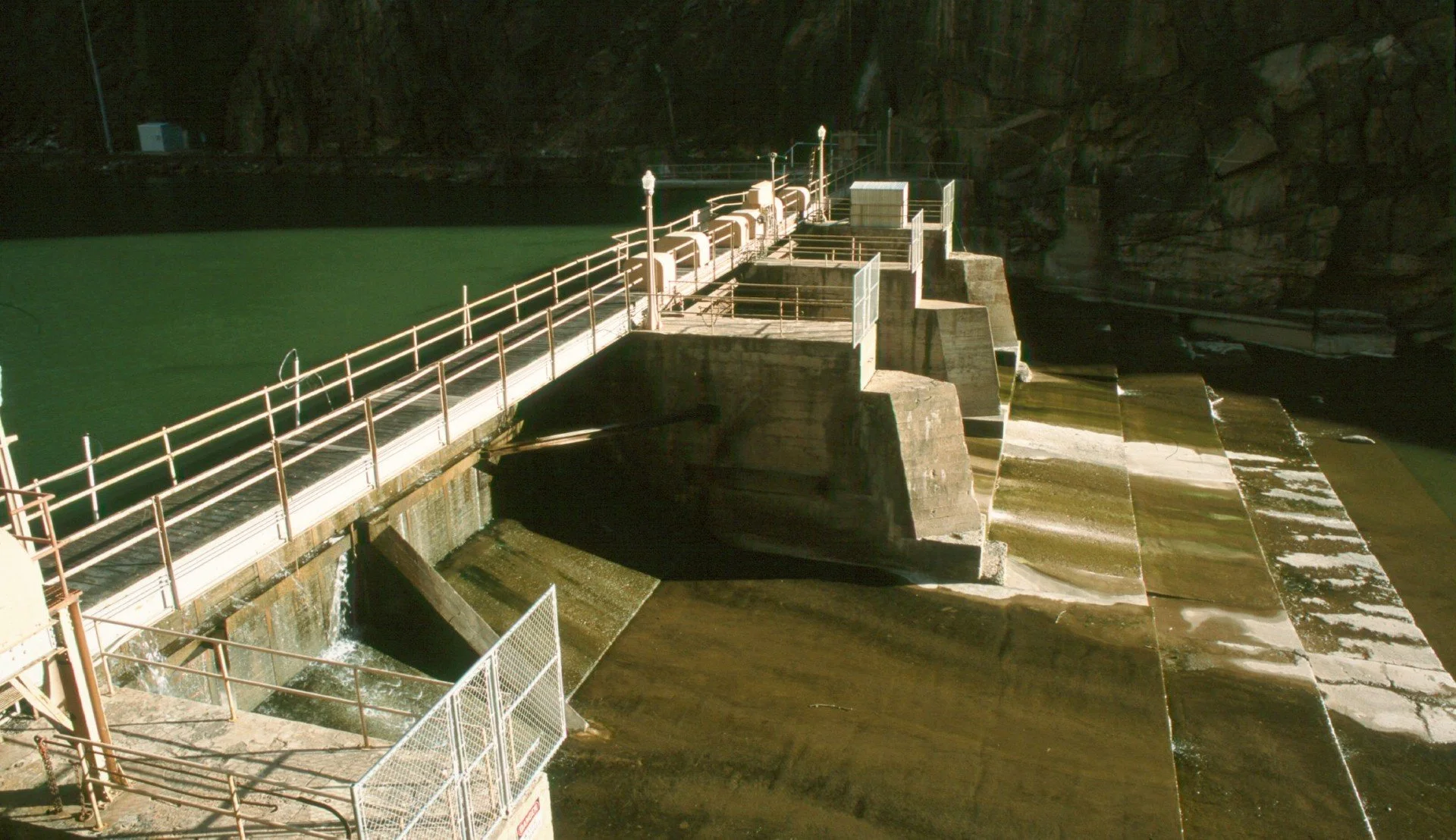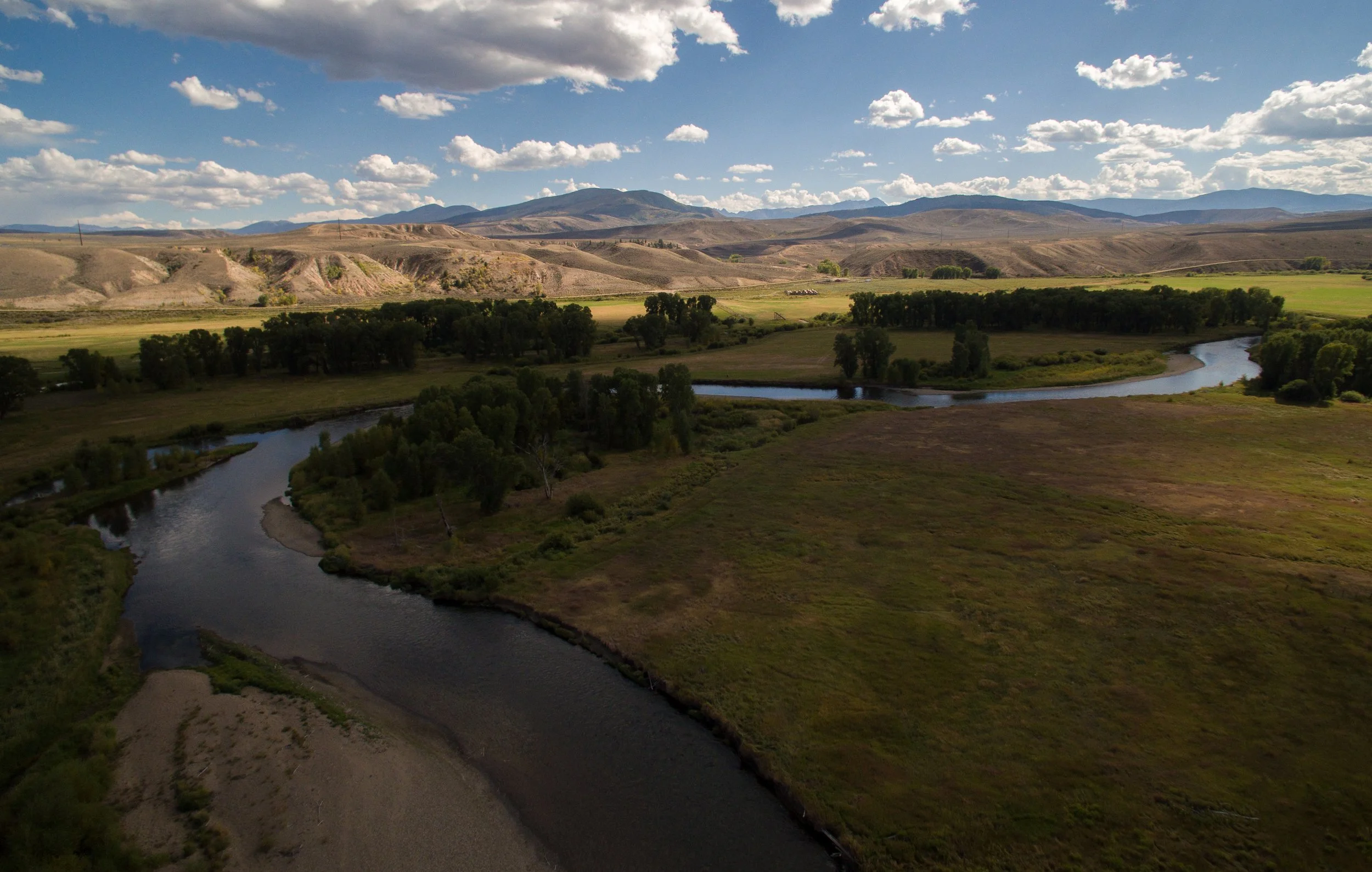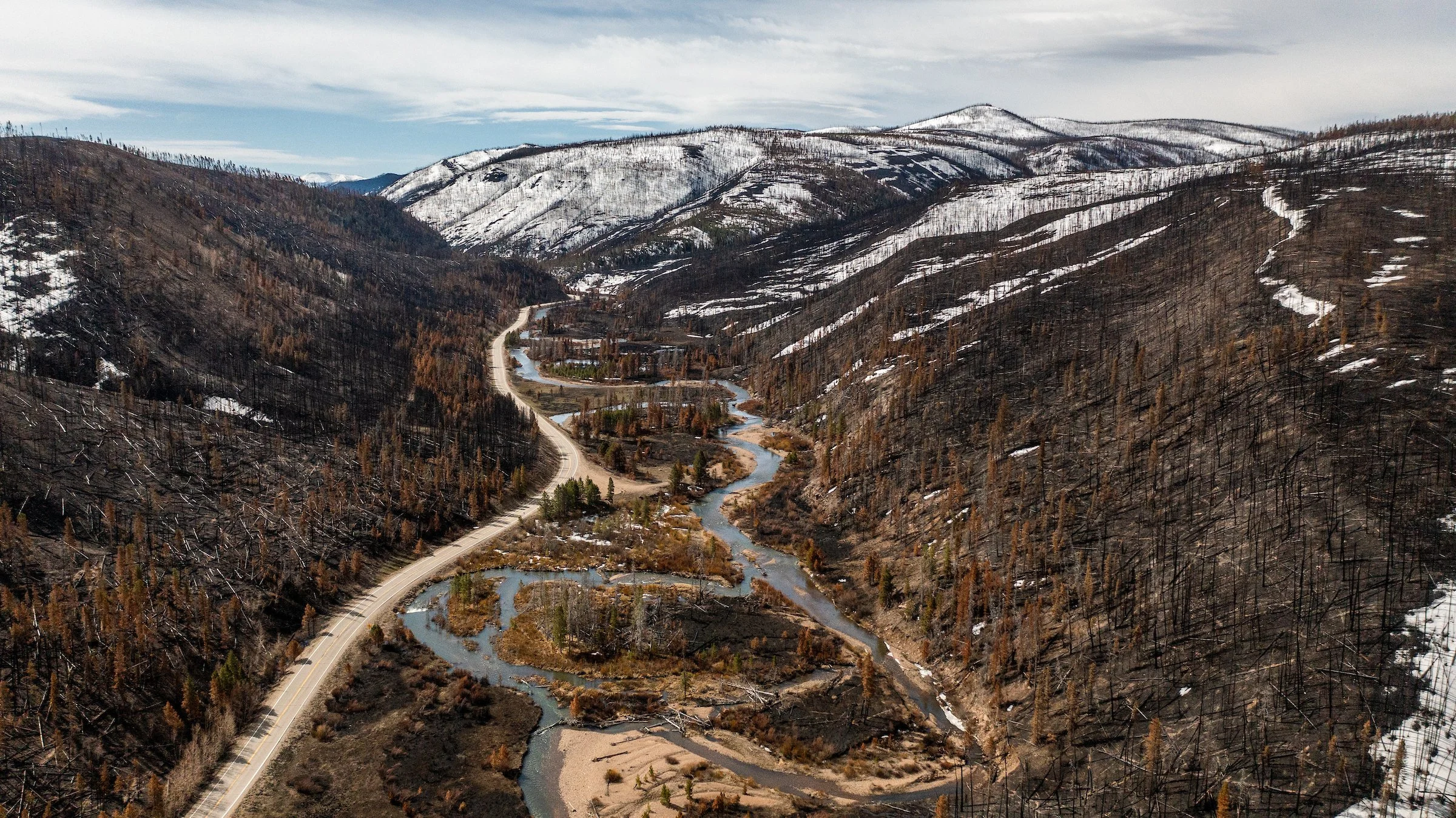http://origin.denverpost.com/headlines/ci_7755693
By Sam Bacon
Sam Bacon, a former Rio Grande guide, is a law student at the University of Colorado and an intern for the Trout Unlimited Colorado Water Project.
Special to The Denver Post
CAMPECHE, Mexico — The guides of Campeche were huddled on the pier in the predawn darkness, Pangas loaded with gas, drinks and lunches for a full day of scouting the west coast of the Yucatán Peninsula for baby tarpon.
After just 10 minutes at full throttle, head guide Neko Pastrana motioned with a flick of his hand to cut the motor. As the boat settled in the water, still dark beneath a purple sky, we jumped to our feet to see if we could discern what had caught his attention. The slick, black backs of a school of tarpon were visible a ways off, slicing through the dead-calm water.
My dad, Todd Bacon, grabbed an 8-weight and stripped out line onto the deck as quickly as he could. One long cast to check his distance and to recoil the line properly on the deck, and he was ready. Holding the fly in one hand and the rod in the other, he waited as Neko poled silently across 8-foot deep water to intercept the school.
"Cast!" came the command as we neared the school. The streamer landed short of the visible fish, but Neko exhorted, "Strip! Strip!"
Todd made quick, short strips until the line stopped abruptly, and he then sent a hard strip-strike the length of the line to set the hook. The stillness of that morning was broken by a 25-pound silver beauty arching its way 4 feet into the air and crashing back into the sea. Up again it came, and again and again, spending its energy going vertical into the Mexican dawn. After a 10-minute fight, the fish was released, and the morning was off to a heart-pounding start.
Regardless of how many tarpon one has boated, it is impossible to step up onto the casting platform in the early-morning light without an all-encompassing sense of nervous alertness. It's a rush that is totally addicting. My dad and I had made this trip last year, and we wanted to feel that rush again.
Far off the tourist track Campeche, on the Gulf of Mexico side of the Yucatán Peninsula, is a full day's journey from Denver, flying via Houston to Merida, then a two-hour drive. It is a bustling city of 400,000 people, with an old city center and a modern city built around it. In total contrast to Cancun on the opposite coast, Campeche is relatively untouched by "Yanqui" influence.In fact, this city is so far off the tourist track that hardly anyone speaks English. In place of the hotel strips of Cancun are the forts of San Miguel and San Jose, marking the town's 500-year-old origins as the coast's lone protection from pirates. Narrow streets are paved with cobbles borrowed from old city walls. Row houses and stores are painted in Mexican pastels of lime, yellow, azure, coral and peach. The Spanish colonial feel extends to the simple cafes and restaurants surrounding the center plaza and adjacent cathedral.
To fish for Campeche's baby tarpon, we came equipped with three rod: two 8-weights and one 10. These babies — 8 to 40 pounds — are no different from their bigger relatives in the Keys, either in terms of feeding behavior or initial fight. Their sleek, black silhouettes often are visible from afar, sometimes too visible, as they allowed us so much time to get ready that our anxious casts fell off the mark. But a missed cast does not necessarily signal the end. Schools where only a few fish are visibly breaching the surface for air, known as greyhounding, often hold 40 or more fish just below the surface. Much of the time is spent slowly poling along the edge of the mangrove coast, searching for cruising pods of tarpon and blind-casting into likely pockets.
Casting to create chaos I can think of no more exciting moment in fishing than seeing a wake break from the course of the school to chase a quickly stripped fly. A violent strip-strike and the aerials begin. Campeche's baby tarpon jump just like all tarpon, panicked and uncontrolled, yet majestic and explosive. Instead of mortgaging the next hour of the day hauling up a tired log of a fish from the bottom, however, the average fight is closer to 10 or 15 minutes.Shorter fights mean more time to experience what is perhaps the area's best attribute: the diversity of fishing opportunities that it offers. While tarpon are the only target species, the days consist of probing either the offshore flats that are 7 to 10 feet deep and up to a mile off the shore line, the mangrove edges that stretch for endless miles north of town or the "rios." The rios are brackish streams that drain the peninsula and hold powerful fish in some of the most surreal environments I've ever seen, in or out of fishing.
One afternoon, we grabbed mangrove branches to pull the boat through a gap in the vegetation. The passage opened onto a clearing no bigger than a boxing ring. A floor of golden sand betrayed four or five 'poons that were languidly patrolling the recess.
With no time to free up line and no room to backcast anyway, I resorted to my favorite high-country stream technique: the bow-and-arrow cast. With an 8-weight. For a 15-pound fish. The ensuing fight was pure chaos, but what a unique and bizarre opportunity, available only in Campeche.







